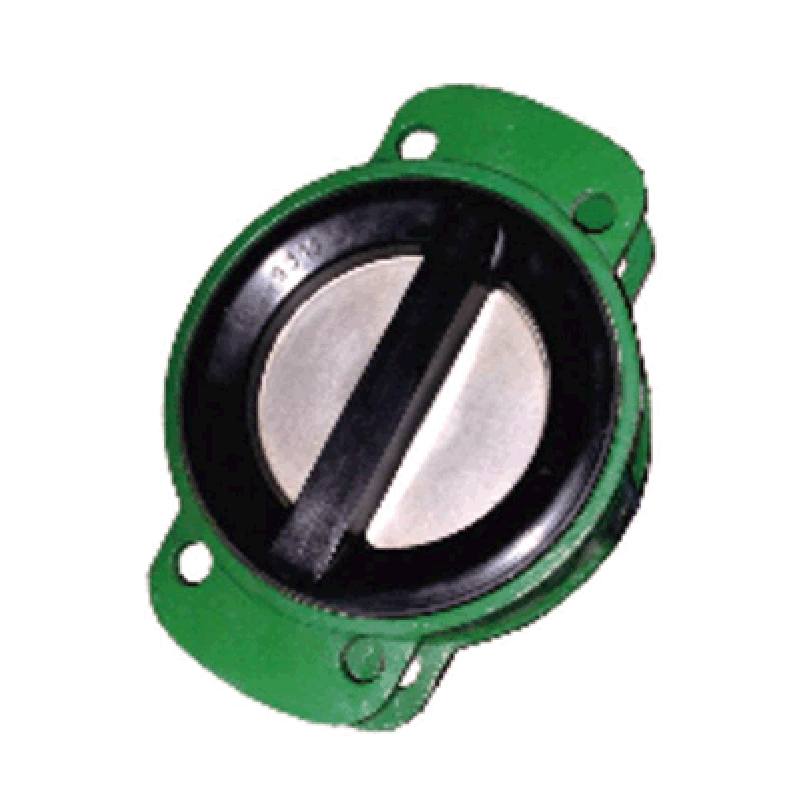Nov . 18, 2024 17:42 Back to list
rubber joint
Understanding Rubber Joints Essential Components in Modern Engineering
Rubber joints, also known as rubber expansion joints or flexible connectors, play a vital role in various engineering and industrial applications. These components are designed to absorb vibrations, accommodate thermal expansion, and provide flexibility in piping systems. This article delves into the importance, applications, and benefits of rubber joints in modern engineering.
Composition and Design
Rubber joints are typically made from high-quality elastomers such as natural rubber, neoprene, EPDM (Ethylene Propylene Diene Monomer), or silicone. Each material offers unique properties that cater to different environmental conditions and requirements. For instance, neoprene is favored for its excellent resistance to weathering and ozone, while EPDM is well-known for its outstanding performance in high-temperature applications.
The design of rubber joints generally includes a bellows-like structure that allows for the absorption of movements caused by vibrations or thermal changes. They can be manufactured in various shapes and sizes, making them adaptable for a range of installations, including pipes, ducts, and hoses.
Applications of Rubber Joints
Rubber joints are widely used across numerous industries due to their versatility. Common applications include
1. HVAC Systems In heating, ventilation, and air conditioning systems, rubber joints facilitate smooth movement and prevent stress on ductwork, which helps reduce noise and vibration.
2. Chemical Processing The chemical industry often utilizes rubber joints because they can withstand corrosive substances and adverse operating conditions. The flexibility of these joints allows for expansion and contraction without leaking hazardous materials.
3. Water and Wastewater Systems In water treatment facilities, rubber joints help manage the movement and flow of water. Their ability to absorb shocks reduces wear and tear on pipelines, enhancing system longevity.
rubber joint

4. Automotive Industry In vehicles, rubber joints are integrated into exhaust systems and engine components to manage vibrations and reduce noise, improving overall performance and comfort.
5. Marine Applications Rubber joints are vital in marine equipment, such as ship engines and propulsion systems, where they accommodate movements caused by waves and currents.
Benefits of Using Rubber Joints
The incorporation of rubber joints in various systems provides several advantages
- Vibration Dampening One of the primary functions of rubber joints is to absorb vibrations produced by machinery and process operations. This capability not only protects equipment from potential damage but also enhances the comfort of nearby personnel.
- Flexibility Rubber joints offer significant flexibility, allowing for the adjustment of installation alignment errors. They can accommodate misalignments, making installations simpler and more efficient.
- Thermal Expansion Accommodation As temperatures fluctuate, materials expand and contract. Rubber joints can effectively manage these changes, preventing stress on connected pipes and reducing the risk of cracks.
- Cost-Effectiveness The durability and longevity of rubber joints contribute to lower maintenance costs in the long run. Their ability to withstand harsh conditions minimizes the need for frequent replacements.
Conclusion
Rubber joints are integral to the functionality and efficiency of modern engineering systems. Their versatility, durability, and ability to mitigate vibrations and thermal movements make them essential components in a wide variety of applications across numerous industries. As engineering practices continue to evolve, the role of rubber joints in maintaining system integrity and performance will only become more critical. Whether in HVAC systems, chemical processing plants, or automotive applications, understanding and utilizing rubber joints effectively is vital for engineering success.
Share
-
Reliable Wafer Type Butterfly Valves for Every IndustryNewsJul.25,2025
-
Reliable Flow Control Begins with the Right Ball Check ValveNewsJul.25,2025
-
Precision Flow Control Starts with Quality ValvesNewsJul.25,2025
-
Industrial Flow Control ReliabilityNewsJul.25,2025
-
Engineered for Efficiency Gate Valves That Power Industrial PerformanceNewsJul.25,2025
-
Empowering Infrastructure Through Quality ManufacturingNewsJul.25,2025